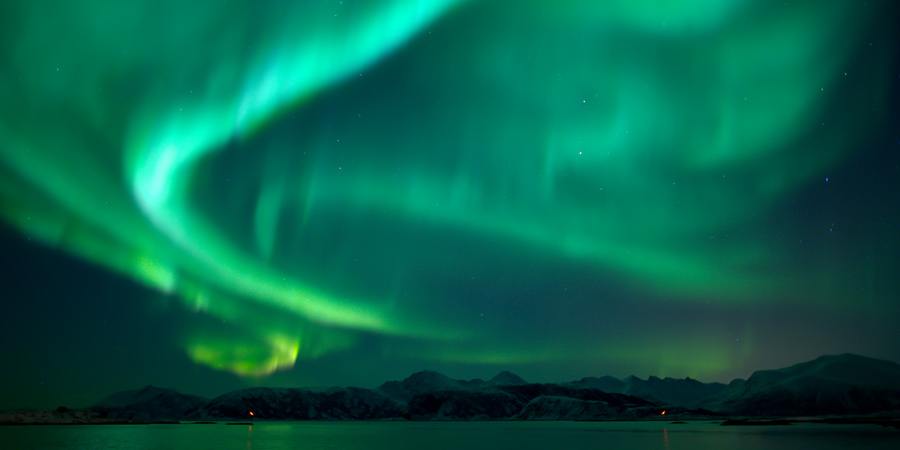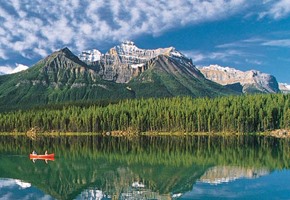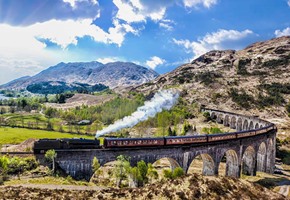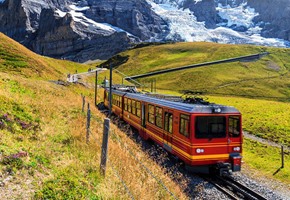Put all chocolate box impressions of Sweden to one side: the notion of a gentle dusting of snow across a smattering of cabins is a lie. Frances, an avid traveller and Direct Marketing Executive at Great Rail Journeys, is keen to clear up some misconceptions, based on her recent visit to Swedish Lapland. Sent to see the sights from a customer perspective, the familiarisation (or 'FAM') trip proved more educational than she had expected.
"It was surreal," she recalls, eyes glazed in thought. "Completely not what I expected; it was minus 20 and breathtaking. It doesn't feel like a real part of the world."
It's also not described like the rest of the world, at least not by locals. Fiercely protective of the natural landscape, the Sámi people (Swedish Laplanders) see eight seasons, not four, in part measured by the amount of light that lingers each day. In the season of spring-summer (gidágiesse, locally) a hybrid somewhere past spring but not into the full warmth of summer, the nights glow with a soft light. True summer is brighter, bolder, but the light still lasts all night, and winter, by contrast, is the season of the Northern Lights, Arctic snowstorms and cold, crisp, seemingly endless evenings. "The description of how light changes through the seasons - how important it is, culturally - really struck me," Frances admits.
It was far from the only culture shock. "Sauna is a big deal," she says, deliberately understating it. Sauna is a cultural touchstone, a focal point for life, serving as a base for births and coming-of-age rituals - and is traditionally fully nude. The classic Swedish sauna is not for all outsiders - though for those interested, there is a museum dedicated to the art of sauna as a cultural practice. But for Fran, much like ice fishing ("the views from a frozen lake are incredible, but it takes the patience of a saint", she confesses), it's not the highlight. We're back to a conversation of light and landscape again, the way the ice of frozen lakes glitters, and the mesmerizing dance of the Northern Lights.
"We caught them on our first night. We'd settled in for the night, and our guide came rushing in, come quick, come quick … so we threw on three layers and rushed out into the snow. It was so worth it. They're so fleeting, and yet, so close. They don't stop - they constantly pulse and dance in these greens and pinks and purples, and it's so much more vivid than I'd imagined."
The beauty of Sweden doesn't stop with the sky. Closer to earth, the regional landscape, too, is dramatic and dancing, especially in winter, the frozen waters and indigenous wildlife offering new discoveries. From sparkling waterfalls to solid lakes and oceans, to sleeping huskies and plodding reindeer, Swedish Lapland is a world apart from recognisable reality for British travelers. We're wrapping up our discussion, and I ask Fran what her most memorable - and most Swedish - experience was.
"I'll never forget having a hot drink whilst walking across a frozen sea," Frances says.
She's describing an icebreaker cruise - a uniquely Scandinavian excursion. Specially-designed ships cruise through the iced-over waters, churning through the slabs of salt water with an almighty roar, before pausing in the heart of the icy sea for a pit stop and a photo opportunity. The sound of cracking ice is apparently immense, drowning out the quiet hum of the ship's engines, but the temporary break in the peace is well worth it; "How often can you say you've stood on a solid ocean?"






